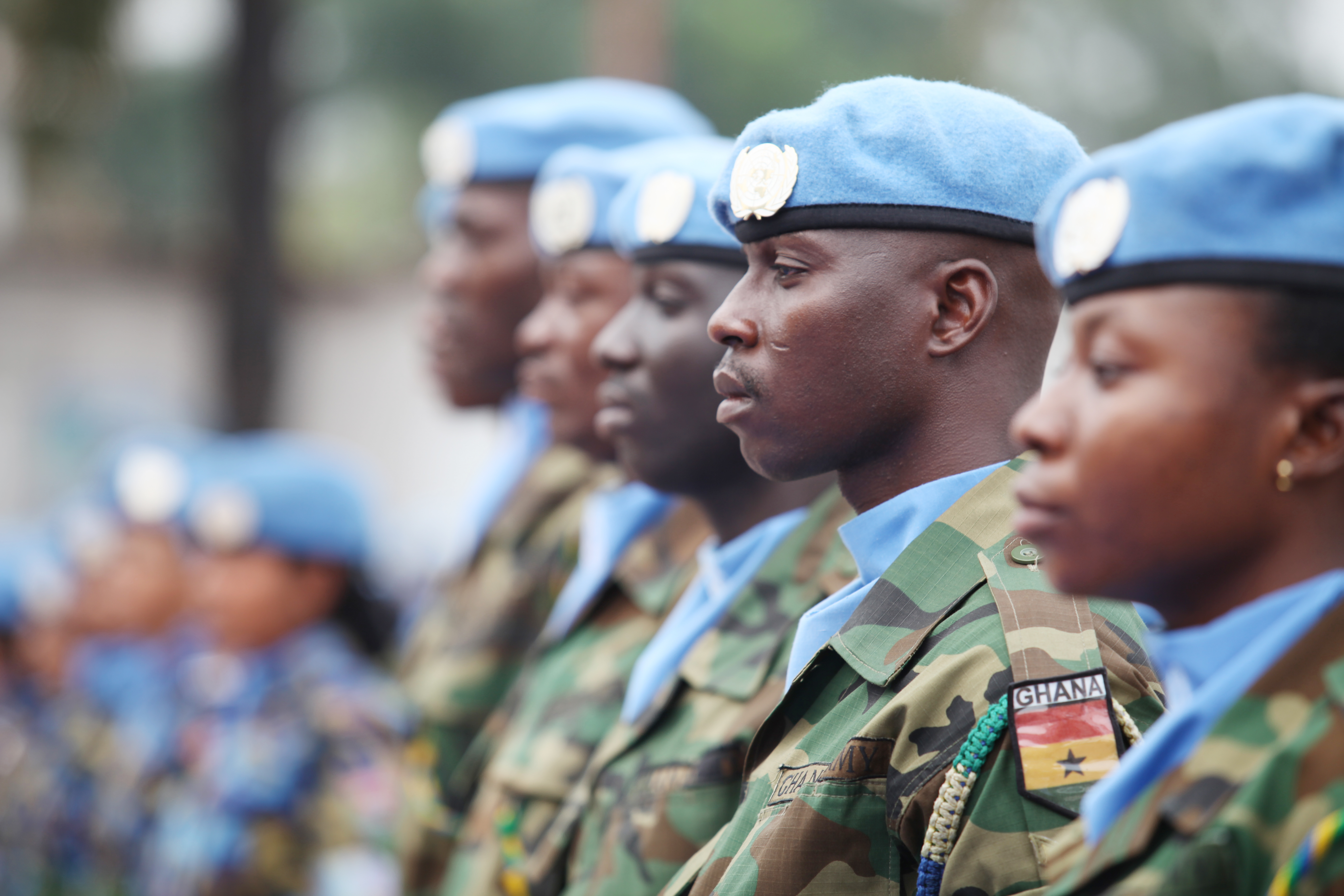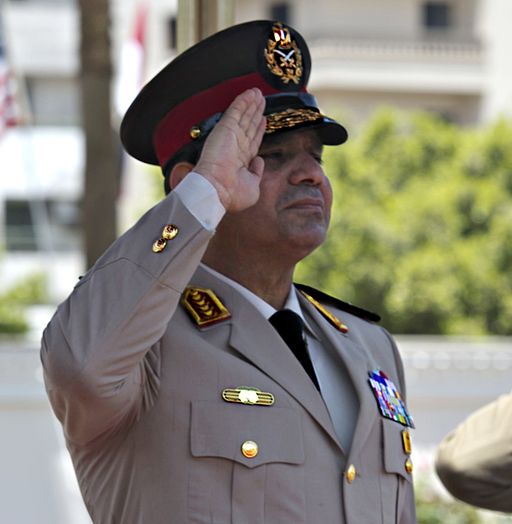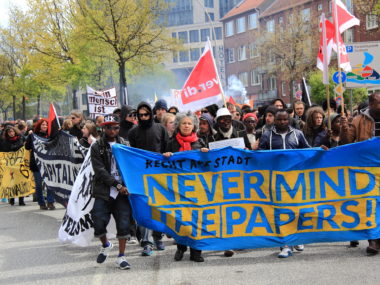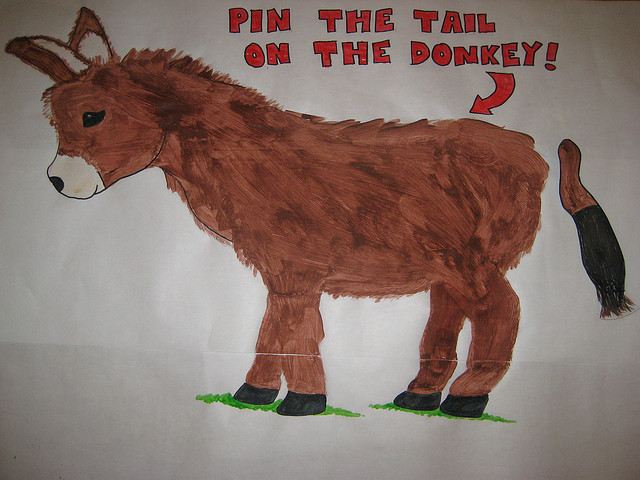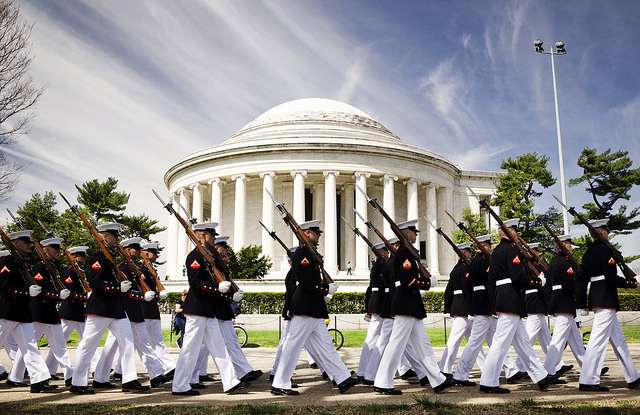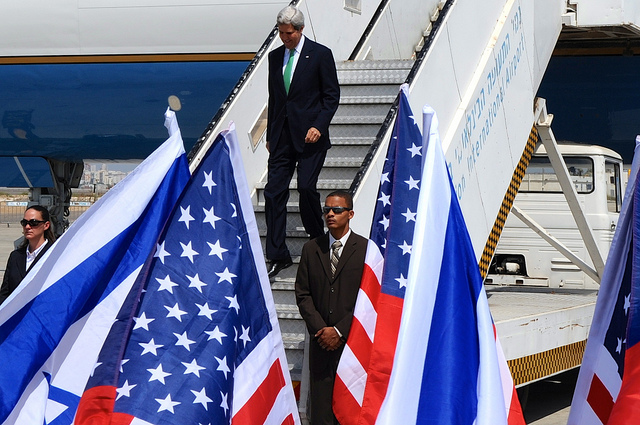Guest post by Jonathan D. Caverley and Jesse Dillon Savage.
In November last year, President Obama announced a plan to dramatically increase the number of peacekeepers available to the UN. This is good news for countries where peacekeepers are — or will be — deployed. As Page Fortna recently demonstrated on this blog, existing research shows a robust relationship between peacekeeping forces and reduced conflict and violence as well as more durable peace agreements. What is less clear is what the effects of these increased demands for peacekeepers will be on the politics and stability of Troop Contributing Countries (TCCs).
Motivated by this renewed effort we published an op-ed in The International New York Times calling for increased attention to the effects that peacekeeping can have on the sending rather than the host country. Op-eds being what they are, we are grateful to PV@Glance for giving us the space to present more evidence, acknowledge other researchers’ work, and suggest directions for additional analysis.
The Correlations: Poorer and Less Democratic
We first sought to highlight two important trends, one widely acknowledged and the other less so. The average deployed peacekeeper in 2015 comes from a less wealthy and less democratic state than in previous decades.
We consider our op-ed’s key paragraph to be:
Compared with previous decades, the average peacekeeper now comes from a country that is not just poorer but also less democratic and institutionally underdeveloped. Between 1994 and 2014 the average gross domestic product per capita of states providing peacekeepers has declined by 64 percent. Four of the five largest contributions currently come from Bangladesh, Ethiopia, Pakistan and Rwanda; their large militaries play an outsize role in domestic and regional politics, including violence against civilians.
We’ve combined some frequently used data sets to illustrate these trends. Our Google graph (click here for an interactive version) incorporates annual peacekeeper contributions (for both UN and other missions) for 1990-2014 from the International Peace Institute. We then added GDP per capita data from the World Bank and Polity IV data (a common measurement of regime liberalization).
Some trends are readily apparent from the animation:
- Over time the bubble sizes, which indicate the annual total peacekeeper-months for each contributing state, have both swelled (there are more peacekeepers now than a decade ago) and grown more skewed (compared to the ‘90s, some states contribute many more peacekeepers while others contribute a token few).
- The larger bubbles have slid to the left (i.e. along the GDP per capita axis) over time. That is, relatively poorer states are sending more soldiers.
- The larger bubbles are now spread more evenly up and down (the Polity 2 axis). While few clear autocracies (possibly excepting China) contribute peacekeepers, many prominent peacekeeper contributors (Bangladesh, Rwanda, Egypt) are stuck in the “anocratic” zone of being neither democratic nor autocratic regimes. Several others (Pakistan, Nigeria, Nepal) hover at a Polity 2 score of 5-7, as either marginal or fragile democracies.
What Do We Know So Far?
Our curiosity about the effect of peacekeeping stems from our own research, which links American aid – in the form of foreign military training – to a much higher likelihood of military-backed coup attempts. We reasoned that, because peacekeeping experience also amounts to a similar sort of infusion of military human capital into a potentially fragile state, we might see similar effects.
For those interested in investigating the question, a good place to start is the remarkable Country Profiles of the Providing for Peacekeeping web site. Each one contains an explanation derived from multiple experts on each state’s probable rationales for contributions. These profiles are complemented by research on correlates to “supply-side” decisions.
However, with the notable exceptions below, there is less research on what happens when peacekeepers return to the sending countries, a distinct if related question from the reasons why states send them in the first place. None of this work suggests that returning peacekeepers have an entirely benign effect on domestic and regional politics.
Arturo Sotomayor has explored the effects of peacekeeper involvement on civil-military reforms in democratizing states and finds widely divergent outcomes. Argentina successfully used peacekeeping experience in Haiti to increase civilian control over the military not long after its Dirty War. But in Uruguay (and to a lesser – but more interesting – extent, Brazil), peacekeeping on the same Haitian mission reduced civilian control. Sotomayor looks beyond South America to Nepal to find that peacekeeping reinforced existing (but dysfunctional) civil-military relations.
Maggie Dwyer asks a more micro-level question about returning peacekeepers (here and here) and provides compelling evidence for how peacekeeping missions can lead to military mutinies in West Africa (one of the largest contributing regions).
It seems clear that countries like Uganda (Fisher 2012) and Rwanda (Beswick 2014) have used their peacekeeping contributions to lessen the pressure for domestic reforms from international donors.
Finally, at the very least we should expect returning soldiers from these extremely violent operations to exhibit many of the effects we have found in American and allied soldiers returning from Afghanistan and Iraq. And if a country like the United States can’t get veterans care right, it’s unlikely that less wealthy states can.
What Next?
Indeed, it is clear that the Departments of State and Defense, respectively, view “train and equip” and peacekeeping support programs as complementary efforts in bringing stability to areas that the US perceives as posing a threat to its national interests (without deploying American soldiers).
If it’s anything like the United States’ International Military Education and Training program, there is little effort to track the activities of soldiers after they receive American aid, much less investigate their attention to human rights and civil-military relations. Clearly, given the potential for “blowback,” the world should spend some time considering the long term, second-order effects of providing actors towards “countering violent extremism” in the short term.
We have very little idea of how peacekeeping experience shapes the conduct of the military in countries like Burundi and Burkina Faso. We can be sure that these militaries play essential roles in domestic politics (perhaps positive, perhaps negative). And we can be reasonably sure that, with a quarter or a third of their forces deployed on peacekeeping at any given moment, peacekeeping probably has some influence on the ongoing events.
Given our own research, we are not optimistic. We cannot put it any better than Danielle Beswick (here and here), who observes that it is “reasonable to question the wisdom and long-term consequences of building and strengthening the military capacity of states with a history of military coups, interventions in neighboring countries, or human rights abuses committed by the very same security forces.”
Jonathan D. Caverley is a Fellow at the Woodrow Wilson Center and a Research Associate in the MIT Security Studies Program and the author of “Democratic Militarism: Voting, Wealth, and War” (Cambridge University Press). Jesse Dillon Savage is a Lecturer at the University of Melbourne. His latest article looks at how the size of recipient countries’ militaries shapes the effects of international democracy assistance.

